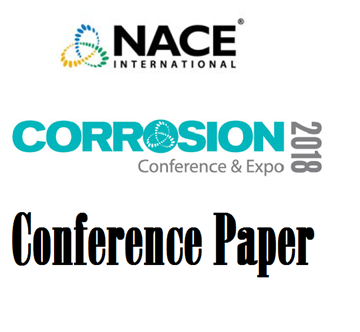Search
Coatings Used in Conjunction with Cathodic Protection - Shielding vs NonShielding Pipeline Coatings
Also Purchased
51318-10544-Cathodic Protection, Coatings that Shield Cathodic Protection, Stress Corrosion Cracking and Corrosion Assessment in Aging Coated Pipe Lines and Buried Utility Structures
Product Number:
51318-10544-SG
Publication Date:
2018
$20.00
Testing of Coatings for Shielding of Cathodic Protection Currents
Product Number:
51220-235-SG
Publication Date:
2020
$20.00




